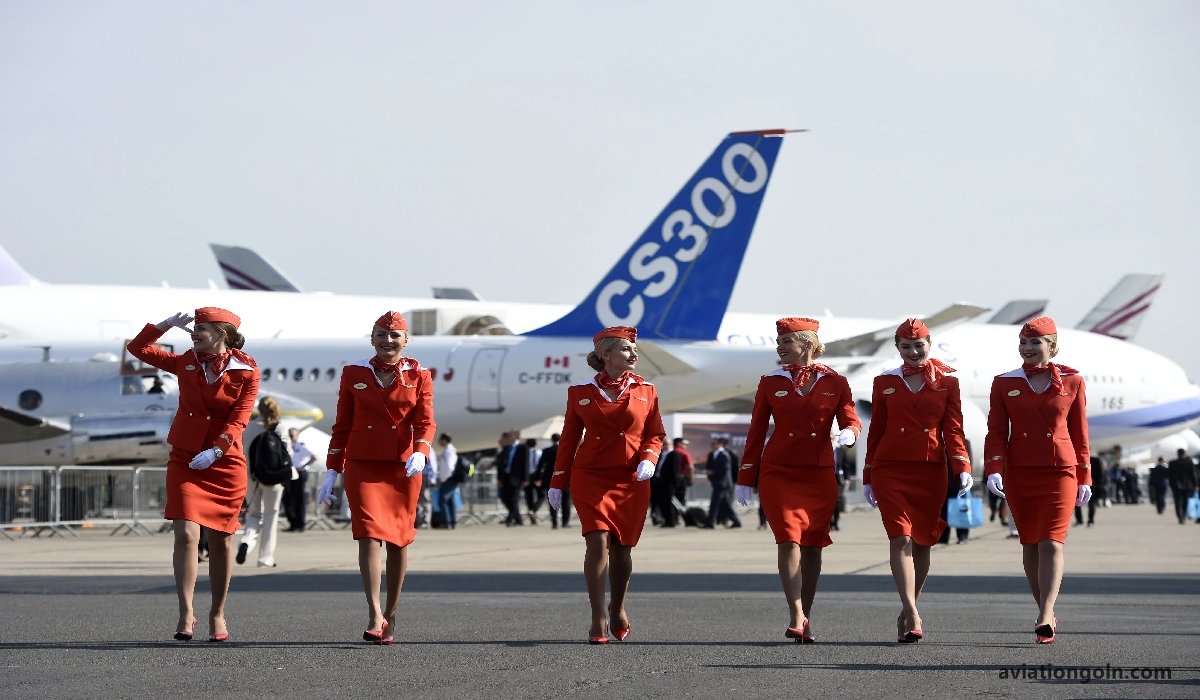Flight attendants are the face of the airline for most passengers. While the pilot and co-pilot navigate the skies, the flight attendants ensure a comfortable, safe, and enjoyable experience for everyone on board. Their role goes beyond serving food and drinks; they’re trained in safety protocols, first aid, and even conflict resolution. This article dives deep into the world of flight attendants, looking at their history, roles, and the evolution of this crucial commercial aviation career.

Flight Attendants: Commercial Aviation Careers
II. Historical Overview
The history of flight attendants can be traced back to the 1930s. In the early days of commercial aviation, the primary responsibility of the cabin crew was to assist with fueling and guiding the aircraft. However, as planes became larger and began carrying more passengers, the need for onboard assistance became more evident.
Ellen Church, a registered nurse, is credited with the idea of having nurses serve as flight-attendants. In 1930, she pitched the idea to Boeing Air Transport (now United Airlines), believing that the presence of nurses would help assuage public fears about the safety and reliability of air travel. Thus, the first flight attendants, known then as “sky girls” or “stewardesses,” were born.

III. Roles and Responsibilities
1. Passenger Safety: Flight attendants play a crucial role in ensuring passenger safety. They guide passengers in emergency evacuations, administer first aid, operate emergency equipment, and are trained to handle in-flight emergencies ranging from fires to unruly passengers.
2. Customer Service: Catering to passengers’ needs is a significant part of the job. This includes serving meals and refreshments, assisting with luggage, addressing queries, and ensuring passengers have a comfortable flight experience.

3. Pre-flight Duties: Before takeoff, flight-attendants ensure that safety equipment is operational, check the presence of emergency equipment, and confirm that the cabin is secure. They also guide passengers through the safety briefing and ensure compliance with airline safety regulations.
4. In-flight Services: Depending on the airline and duration of the flight, in-flight services can range from serving snacks to providing full-course meals, offering in-flight entertainment, or assisting passengers with their needs.

IV. Training and Qualifications
Becoming a flight attendant requires rigorous training. While each airline has its specific requirements and training procedures, some general steps and qualifications are universal:
1. Minimum Requirements: Most airlines require flight-attendants to have a high school diploma, be of a certain age (usually 18 or 21), and have a particular height and weight range to move about the cabin efficiently.
2. Training Programs: Once hired, flight attendants undergo a training program, usually lasting 3-6 weeks, depending on the airline. These programs cover emergency procedures, safety equipment operation, first aid, and customer service.
3. Federal Aviation Administration (FAA) Certification: In the U.S., after completing their training, flight-attendants must be certified by the FAA. This certification involves passing an exam that covers various aspects of the job, from safety protocols to customer service.

V. Evolution of the Flight Attendant Role
Over the decades, the role of flight attendants has evolved significantly. From the early days of being primarily ‘air hostesses’ focused on providing comfort, the emphasis has steadily shifted towards safety and specialized service.
1. Uniforms: Flight attendant uniforms have seen a remarkable transformation. From the military-style uniforms of the 1940s to the stylish and functional designs of today, uniforms reflect the changing times and the evolving role of flight-attendants.
2. Gender and Equality: Originally, only women, particularly nurses, were hired as flight-attendants. They faced stringent requirements regarding age, marital status, and appearance. Over time, these restrictive rules were challenged. Today, the profession is open to both men and women, with airlines placing greater emphasis on skills, training, and experience.
3. Expanded Roles: Modern flight-attendants are multi-skilled professionals. Some airlines have specialized flight-attendants trained as sommeliers, chefs, or in other specific roles to enhance the in-flight experience for premium passengers.

VI. Challenges and Rewards
Being a flight attendant is not without its challenges. Irregular working hours, dealing with difficult passengers, and managing the physical strain of constant travel can be taxing. However, the role also offers rewards such as the opportunity to travel the world, meet people from various cultures, and receive attractive travel benefits.

Flight attendants are an integral part of the commercial aviation experience. Beyond the glamour and allure of air travel, their primary responsibility remains ensuring the safety and well-being of passengers. As commercial aviation continues to evolve in the face of technological advancements and shifting passenger expectations, flight-attendants will undoubtedly continue to play a pivotal role in shaping the in-flight experience. Whether you’re considering a career in this dynamic profession or simply curious about the friendly faces greeting you onboard, understanding the rich history and multifaceted roles of flight-attendants offers a deeper appreciation for their invaluable contribution to every journey.
